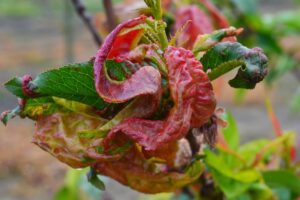What is BROTYTIS?
Brotytis, commonly known as gray mold or gray rot, is a pathogenic and necrotrophic fungus that attacks more than 200 plant species, especially those grown in enclosed spaces such as greenhouses or indoors.
Also known as gray rot or gray mold, this disease attacks different species, but horticultural crops are the worst affected. In particular, strawberry and grape plantations are the most affected.
It is commonly known as Botrytis cinerea and causes necrosis of the tissues it infects. It thrives in mild climates with high humidity and spreads very easily.
Why does brotytis COME out in our plants?
During the winter, the fungus hibernates in the soil in the form of small hard nodules that grow on decaying plants. When the weather is humid, it releases its conidia to be dispersed by the wind.

The pathogen shows activity even when the temperature is very low, causing considerable losses in crops that have been stored for a long period of time.
How does brotytis AFFECT our plants?
Gray mold (Botrytis cinerea) and its strains cause necrosis of flowers, leaves, buds, shoots, seedlings and fruits of plants. Both herbaceous and woody plants are susceptible to this disease.

Gray mold can infect hundreds or thousands of plants.
How to ELIMINATE brotytis naturally?



